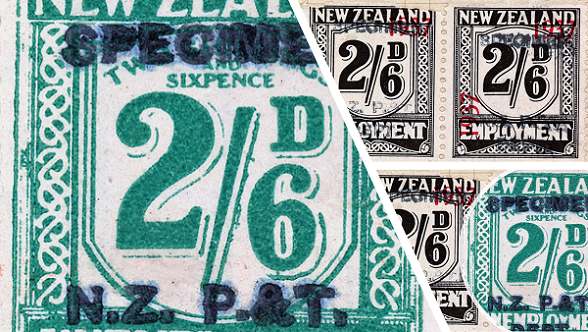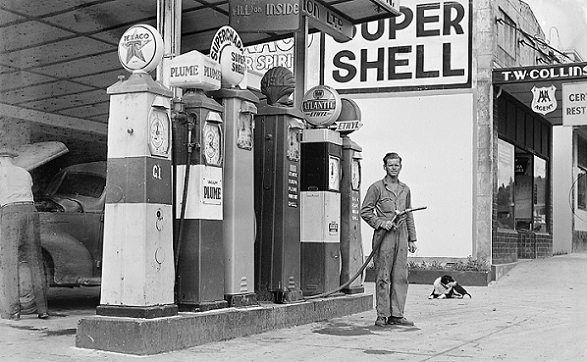A sample survey undertaken by the Association of four junior rugby football clubs (one in Auckland, Wellington, Christchurch and Dunedin) reveals that it is three times more expensive to enrol an under 13 child in junior rugby in Auckland, than it is in Dunedin. That ratio becomes four times more expensive if a family has more than two children enrolled to play. Cost diminishes the further south the club is in the country, with the median price of a single player registration south of Cook Strait, less than half the price than it is in the North Island.

Of the four clubs contacted by the Association, three confirmed that they had not increased their registration fees this year, compared to last year, aware of the impact that increasing living costs were likely to have on affordability and participation in 2022. In some cases, increasing cost pressures were proposed by one club to be (hopefully!) offset by increased community sponsorships, (although given current economic conditions, that hope might not be met).
A bigger question relates to the reasons for the wide disparity in the costs of participation from the north of the country to the south, given pre-adolescent rugby is generally offered to communities “for the love of the game”, providing many children with their first opportunity to participate in organised amateur sport and in doing so establish their first sense of community identity. There is clearly a material difference in how sport is delivered between regions.

Obvious factors such as leases, ground hire fees, playing equipment and coaches will all play a part. Clubs using council-owned facilities, largely staffed by volunteers and supported by community grants may be in a better position to keep registration costs down, compared to clubs with fixed assets (land and buildings) with higher servicing costs, employing coaches and administrators and competing at a more congested community funding table. Affiliation fees may be another financial headwind.
In the south, perhaps there is a greater focus on the "corinthian spirit"?

100 years ago, the annual club membership fee for a boy aged under 16 to play football was two shillings and sixpence, (the price of a gallon of petrol). Even allowing for inflation over a century (and benchmarking the price of a litre of petrol currently), that membership fee would be around one-tenth of membership fees being charged by clubs today. There is the possibility that financially robust junior clubs are a support for less financially secure senior clubs, with parents more likely to play the subscriptions for children to participate, which then compensates for less willing senior players on who the club may rely (and who, in some cases, expect their participation costs to be paid for).
And perhaps our values have changed? Whereas in 1922, participation was more about "community" with less pressure on children to demonstrate athletic prowess and be talent-identified for professional careers, youth sport in New Zealand in 2022 sees success in financial terms, with the costs of entry (and participation) increasing in response. Can we afford it?